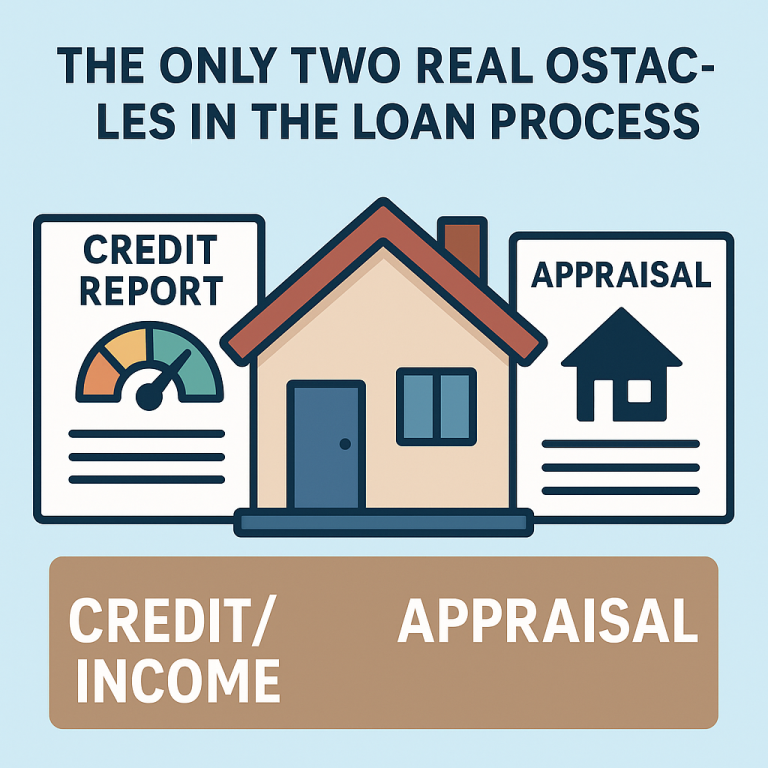Are you dreaming of owning your own home but finding it challenging to secure a mortgage due to your hourly wage? You’re not alone. Many individuals face hurdles in obtaining residential mortgage loans, particularly those paid hourly with varying work hours. Let’s delve into why this can be a struggle and explore potential solutions. When applying for a mortgage, lenders assess your income to determine your ability to repay the loan. This process is relatively straightforward for salaried employees, as they receive a consistent income each pay period. However, for hourly workers, especially those with fluctuating hours or part-time status, the calculation becomes more complex…
Lenders typically average your income over a specified time frame, two years. This means that if you earn $40 per hour but work varying hours, your income may fluctuate from month to month, making it challenging for lenders to accurately assess your financial stability. Moreover, if you’re part-time, lenders may require a history of part-time income spanning at least a year to qualify for a mortgage. Consider the following scenario: Jane earns $40 per hour as a part-time employee, working an average of 25 hours per week. She’s been with her employer for over a year and is seeking to purchase a $600,000 home with a 30-year mortgage at a 6.5% interest rate. If Jane’s income is averaged over the past two years, her annual income would be calculated as follows: $40/hour * 25 hours/week * 52 weeks/year = $52,000/year now, let’s compare this to someone who works full-time at 40 hours per week:$40/hour * 40 hours/week * 52 weeks/year = $83,200/year. The key difference lies in the debt-to-income (DTI) ratio.
Lenders use this ratio to assess your ability to manage monthly mortgage payments relative to your income. Jane’s DTI ratio, based on her averaged income, would be: Monthly Gross Income: $52,000 / 12 months = $4,333 Monthly Debt Payments (including estimated mortgage): Let’s assume $2,500 DTI Ratio: ($2,500 / $4,333) * 100 = 57.7%Now, let’s calculate the DTI ratio for someone with full-time income: Monthly Gross Income: $83,200 / 12 months = $6,933 Monthly Debt Payments: Same as above, $2,500 DTI Ratio: ($2,500 / $6,933) * 100 = 36%. As you can see, Jane’s DTI ratio is significantly higher compared to someone with full-time income, making it riskier for lenders to approve her mortgage application. Having additional income can significantly impact your buying power. Suppose Jane could increase her annual income by an extra $20,000 to $72,000 per year. Her DTI ratio would improve: Monthly Gross Income: $72,000 / 12 months = $6,000 DTI Ratio: ($2,500 / $6,000) * 100 = 41.7%. By increasing her income, Jane’s DTI ratio becomes more favorable, increasing her chances of securing a mortgage and potentially affording a higher-priced home. In summary, hourly wage earners may face challenges in obtaining residential mortgage loans due to varying work hours and part-time status. Lenders typically average out income, making it essential to have a consistent work history and strive for higher earnings to improve your DTI ratio and increase buying power. While the process may seem daunting, understanding these factors and taking proactive steps, such as increasing income or demonstrating a stable work history, can enhance your chances of achieving homeownership.
Looking to buy a house? Get a no cost quote today!
Share:
RELATED MORTGAGE ADVICE FROM SCOTT SHELDON
VA and FHA Loans in Community Property States
If you’re applying for a VA or FHA mortgage in a community property state—such as…
When to Rent Instead of Buy: Key Situations Where Renting Makes More Sense
Buying a home is often described as the ultimate step toward financial independence, but it…
View More from The Mortgage Files:
begin your mortgage journey with sonoma county mortgages
Let us make your mortgage experience easy. Trust our expertise to get you your best mortgage rate. Click below to start turning your home dreams into reality today!



